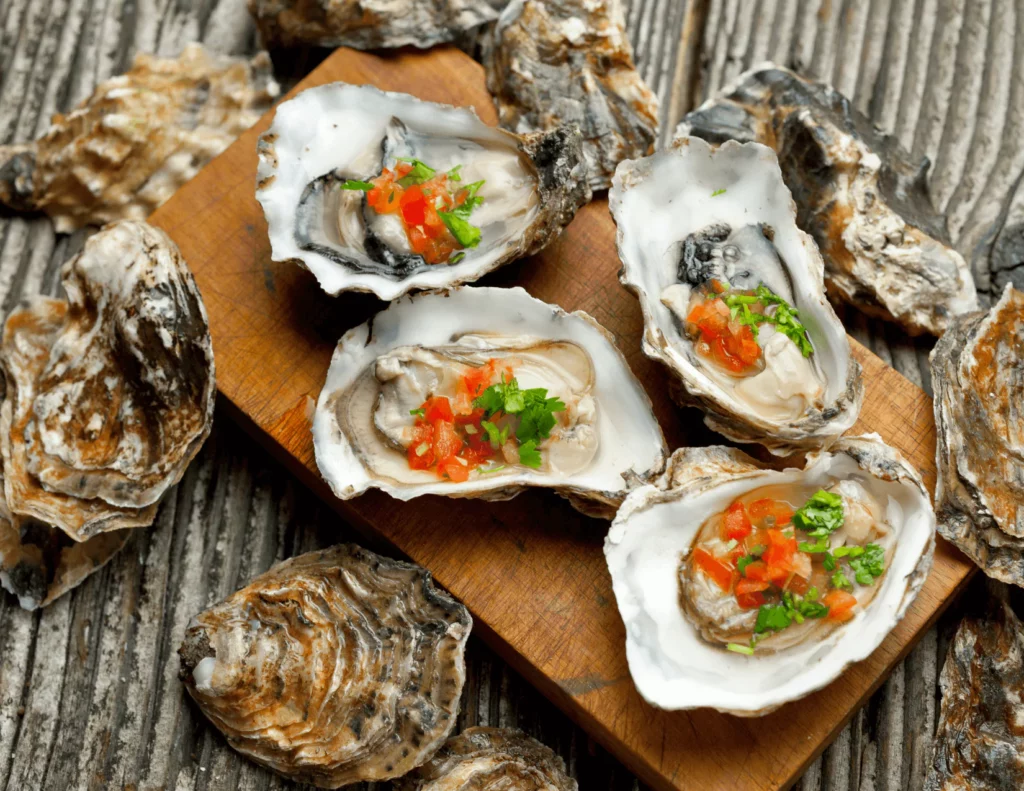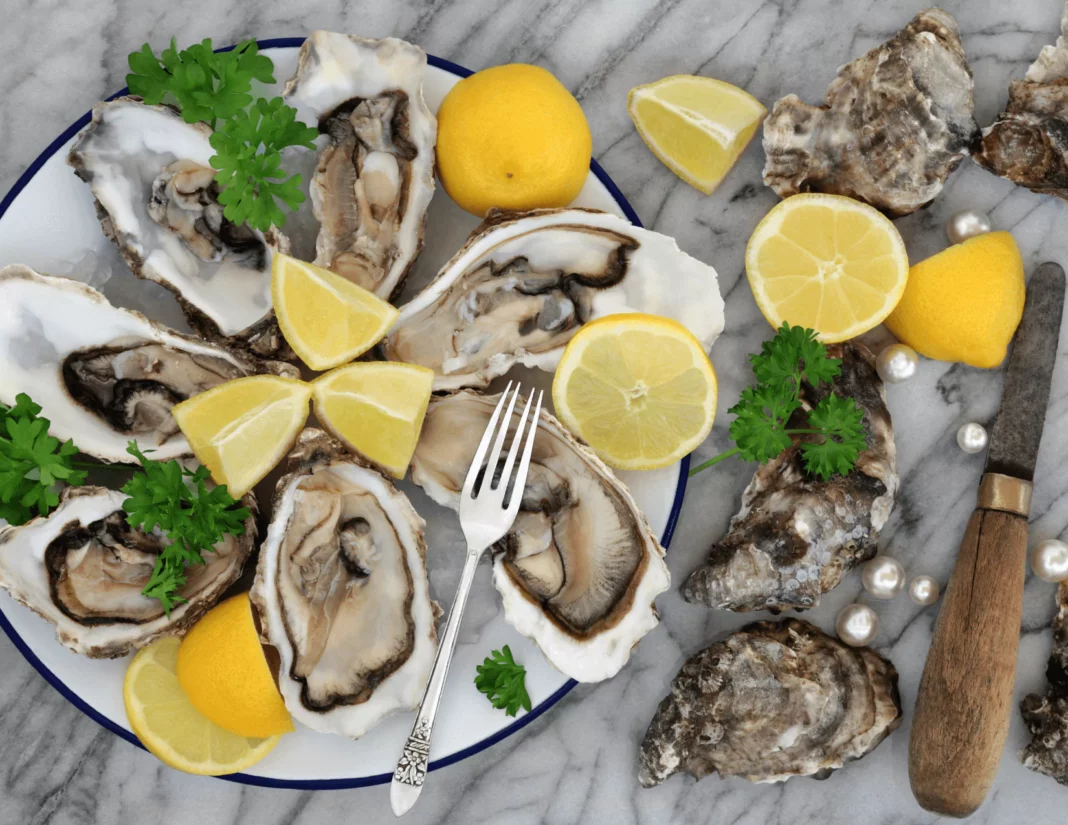For centuries, oysters have been associated with love. The ancient Romans supposedly consumed oysters to boost their romantic prowess. But why oysters?
But let’s get real. Is there any scientific basis to these claims, or is it all just a bunch of aphrodisiac hocus pocus? Let’s shell out the facts.
The aphrodisiac reputation of oysters may not be entirely without merit. Oysters are rich in zinc, a mineral crucial for testosterone production and, therefore, male fertility. However, while a deficiency can lead to problems, consuming extra zinc doesn’t necessarily give your libido a turbo-boost. In short, oysters can help keep things running smoothly, but they’re not magic.
Another interesting fact: oysters are one of the few foods that contain dopamine, a neurotransmitter that helps control the brain’s reward and pleasure centers. Again, this doesn’t make them an instant love potion, but it does add a nice touch to their aphrodisiac CV.
Now that we’ve covered that, let’s get into a little more details on these delicious, albeit weird, snacks. If you’ve ordered oysters, you’ve likely been asked, East Coast or West Coast? Let’s give you a little cheat sheet on these marine marvels.
A Quick Shuck at Different Types of Oysters
Oysters, like fine wines, have ‘terroir’ – their flavor is influenced by where they grow. From the frigid waters of the Atlantic to the balmy bays of the Pacific, here are a few standouts from the oyster world.
1. Eastern Oysters (Crassostrea virginica)
Hailing from the Atlantic coast, Eastern Oysters are the ‘big guys’ in the shellfish world. They’re known for their large size and briny flavor with a sweet finish.
Best Way to Eat: Freshly shucked on the half shell, with a dash of lemon juice to balance their salty punch.
2. Pacific Oysters (Crassostrea gigas)
Originally from Japan, these gems have made themselves at home in the Pacific Northwest. They’re usually smaller and sweeter than their Atlantic counterparts, with a hint of a cucumber finish.
Best Way to Eat: These beauties play well with a mignonette sauce, which adds acidity without overpowering their delicate flavor.

3. Kumamotos (Crassostrea sikamea)
These little rascals are the rockstars of the oyster world. Small, deep-cupped, and boasting a sweet, nutty flavor, Kumamotos are perfect for those new to the oyster scene.
Best Way to Eat: Savor them as they are, or with a touch of lemon juice to highlight their sweetness.
4. European Flat Oysters (Ostrea edulis)
Also known as Belon oysters, these are the aristocrats of the oyster world. They’re known for their flat shells, distinct metallic taste, and a hint of hazelnut finish.
Best Way to Eat: They’re best enjoyed au naturel, or with a dab of butter for a rich, decadent treat.


